When it comes to building muscle, one of the most debated topics in fitness is whether full body workouts are effective for muscle gain. Many lifters wonder, "Can you build muscle with full body workouts?" or "Is a full-body workout good for muscle gain?" The answer lies in understanding the benefits of a full body split for mass, how it compares to traditional body part splits, and how to structure the best full body split for mass to achieve your goals.
In this article, we’ll explore the science behind full body workouts, their effectiveness for muscle growth, and how to design a total body split workout plan that works for you. Whether you’re a beginner or an experienced lifter, this guide will help you decide if a full body split bodybuilding approach is right for you.
Full Body Workouts vs. Body Part Splits: Which is Better for Building Muscle?
Before diving into the specifics of full body split workouts, it’s important to understand the difference between full body workouts and body part splits.
What is a Full Body Workout?
A full body workout targets all major muscle groups in a single session. This includes the upper body (chest, back, shoulders, arms), lower body (quads, hamstrings, glutes), and core. Exercises like squats, deadlifts, bench presses, and pull-ups are staples of a total body workout split because they engage multiple muscle groups simultaneously.
What is a Body Part Split?
A body part split divides your training into specific muscle groups or movement patterns on different days. For example, you might train chest and triceps on one day, back and biceps on another, and legs on a separate day. This approach allows for more focused training on individual muscle groups.
Benefits of Full Body Workouts for Muscle Gain
So, is a full-body workout good for muscle gain? The short answer is yes. Here’s why:
1. Efficient Muscle Stimulation
A full body split workout program ensures that all major muscle groups are trained multiple times per week. This frequent stimulation is ideal for muscle growth, especially for beginners or those with limited time.
2. Compound Movements for Maximum Growth
Full body workouts rely heavily on compound exercises like squats, deadlifts, and bench presses. These movements engage multiple muscle groups, leading to greater overall muscle activation and hypertrophy.
3. Improved Recovery and Frequency
With a full body split home workout or gym routine, you train each muscle group more frequently (2-3 times per week) compared to a body part split. This can lead to faster progress, as muscles are stimulated more often.
4. Time-Saving and Flexible
For those with busy schedules, a total body split workout plan is a practical choice. You can achieve a balanced workout in fewer sessions, making it easier to stay consistent.
Can You Build Muscle with Full Body Workouts?
Absolutely. Research shows that training frequency and volume are key factors in muscle growth. A full body split for mass allows you to hit each muscle group multiple times per week, which can be more effective than training each muscle group only once (as in a traditional body part split).
However, the effectiveness of a full body workout split depends on proper programming, progressive overload, and adequate recovery. Here’s how to structure the best full body split for mass:
Best Full Body Split for Mass: Sample Workout Plan
A well-designed full body split workout program should include compound movements, accessory exercises, and proper rest periods. Here’s an example of a total body workout split you can follow:
Day 1: Full Body Workout
-
Squats: 4 sets of 8–12 reps
-
Bench Press: 4 sets of 8–12 reps
-
Bent-Over Rows: 3 sets of 8–12 reps
-
Pull-Ups: 3 sets to failure
-
Overhead Press: 3 sets of 8–12 reps
Day 2: Rest or Active Recovery
Day 3: Full Body Workout
-
Deadlifts: 4 sets of 6–8 reps
-
Incline Dumbbell Press: 3 sets of 8–12 reps
-
Lat Pulldowns: 3 sets of 10–12 reps
-
Lunges: 3 sets of 10 reps per leg
-
Plank: 3 sets of 60 seconds
Day 4: Rest or Active Recovery
Day 5: Full Body Workout
-
Front Squats: 4 sets of 8–10 reps
-
Dumbbell Rows: 3 sets of 8–12 reps
-
Push-Ups: 3 sets to failure
-
Romanian Deadlifts: 3 sets of 8–12 reps
-
Side Planks: 3 sets of 30 seconds per side
How Long Should You Do Full Body Workouts?
The duration of a full body split workout program depends on your goals and experience level. Beginners can see significant progress with 3-4 months of consistent full body training. Intermediate and advanced lifters may benefit from cycling between full body workouts and body part splits to prevent plateaus.
Who Should Use Full Body Workouts?
A full body split bodybuilding approach is ideal for:
-
Beginners looking to build a foundation of strength and muscle.
-
Individuals with limited time for training.
-
Those aiming for fat loss while preserving muscle mass.
-
Lifters who prefer fewer gym sessions per week.
Plus Size Full Body Workout Considerations
For individuals with a larger body frame, a plus size full body workout can be tailored to focus on mobility, strength, and cardiovascular health. Compound movements like squats and deadlifts are excellent for building strength, while low-impact cardio options (e.g., swimming or cycling) can complement the routine.
Why Do Full Body Workouts? Key Takeaways
-
Full body workouts are highly effective for building muscle, especially when using compound exercises.
-
A full body split for mass allows for frequent muscle stimulation, leading to faster gains.
-
The best full body split for mass includes a mix of compound and accessory exercises, performed 2-3 times per week.
-
Whether you’re a beginner or advanced lifter, a total body split workout plan can be adapted to suit your goals.
Final Thoughts: Full Body Split vs. Body Part Split
Both full body workouts and body part splits have their place in a well-rounded training program. If your goal is to build muscle efficiently and save time, a full body split workout program is an excellent choice. However, if you’re focused on maximizing muscle size in specific areas, a body part split may be more suitable.
Ultimately, the best approach is the one you can stick to consistently. Experiment with both styles, track your progress, and adjust your routine based on your results. Whether you choose a full body split home workout or a gym-based program, the key to success is consistency, proper nutrition, and progressive overload.





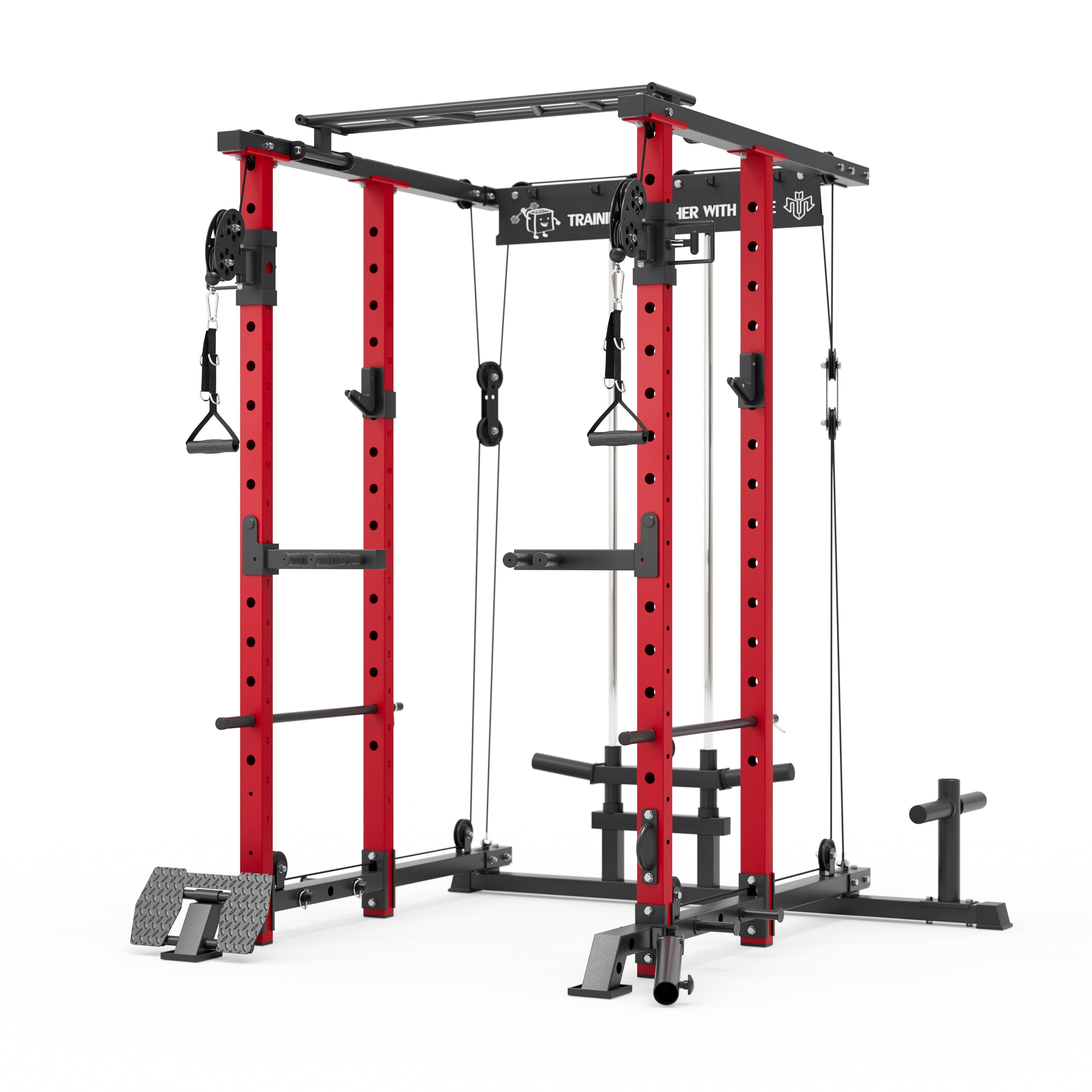
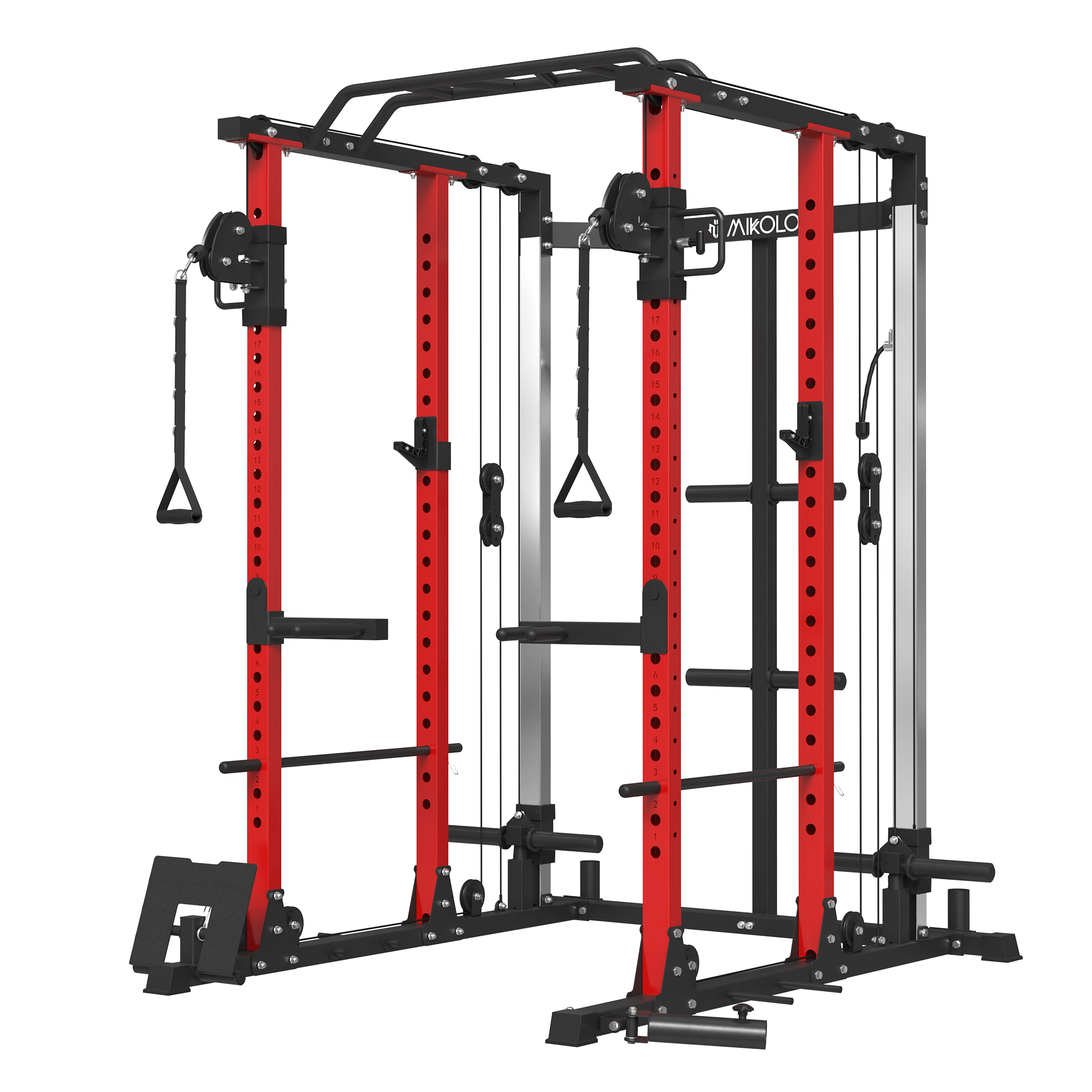

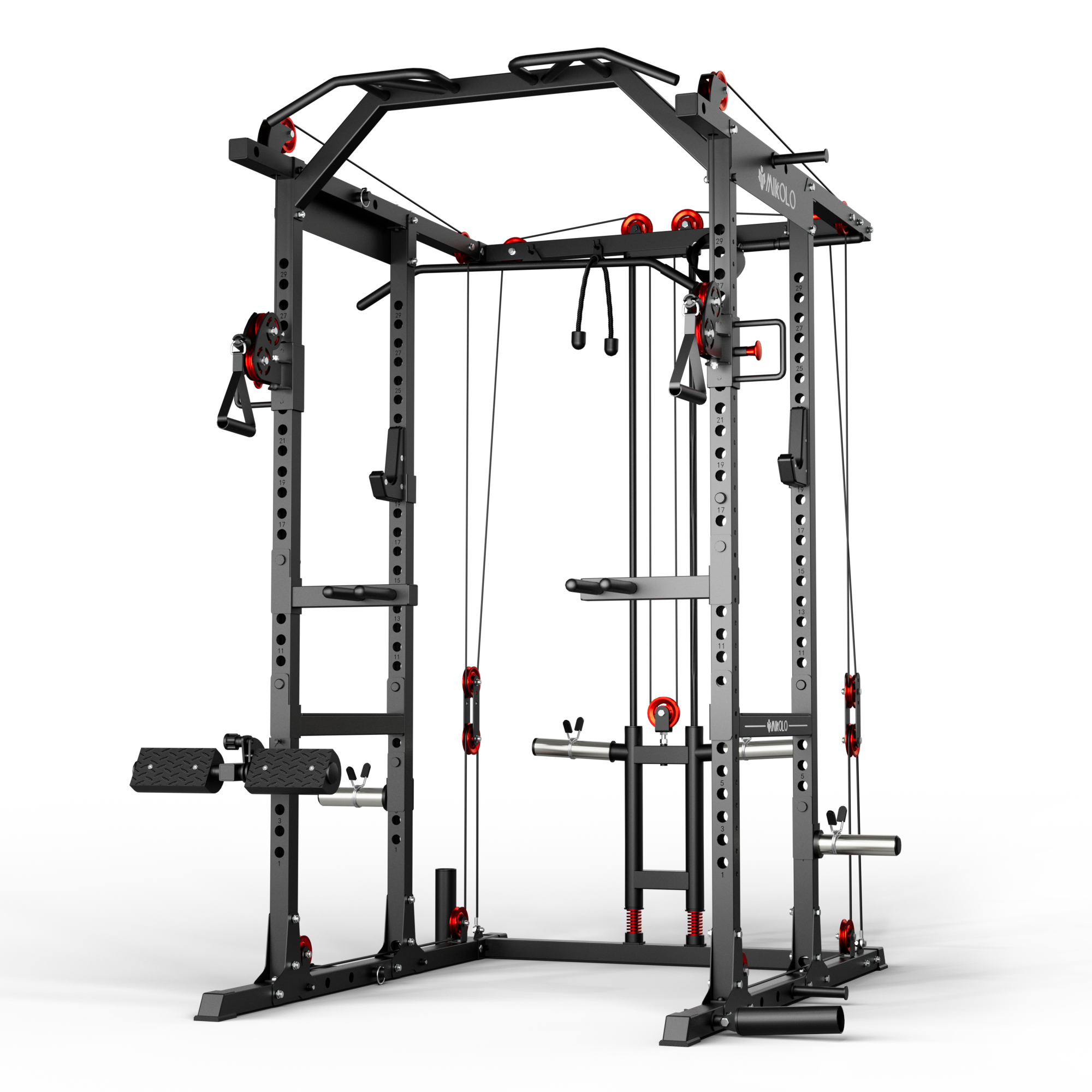
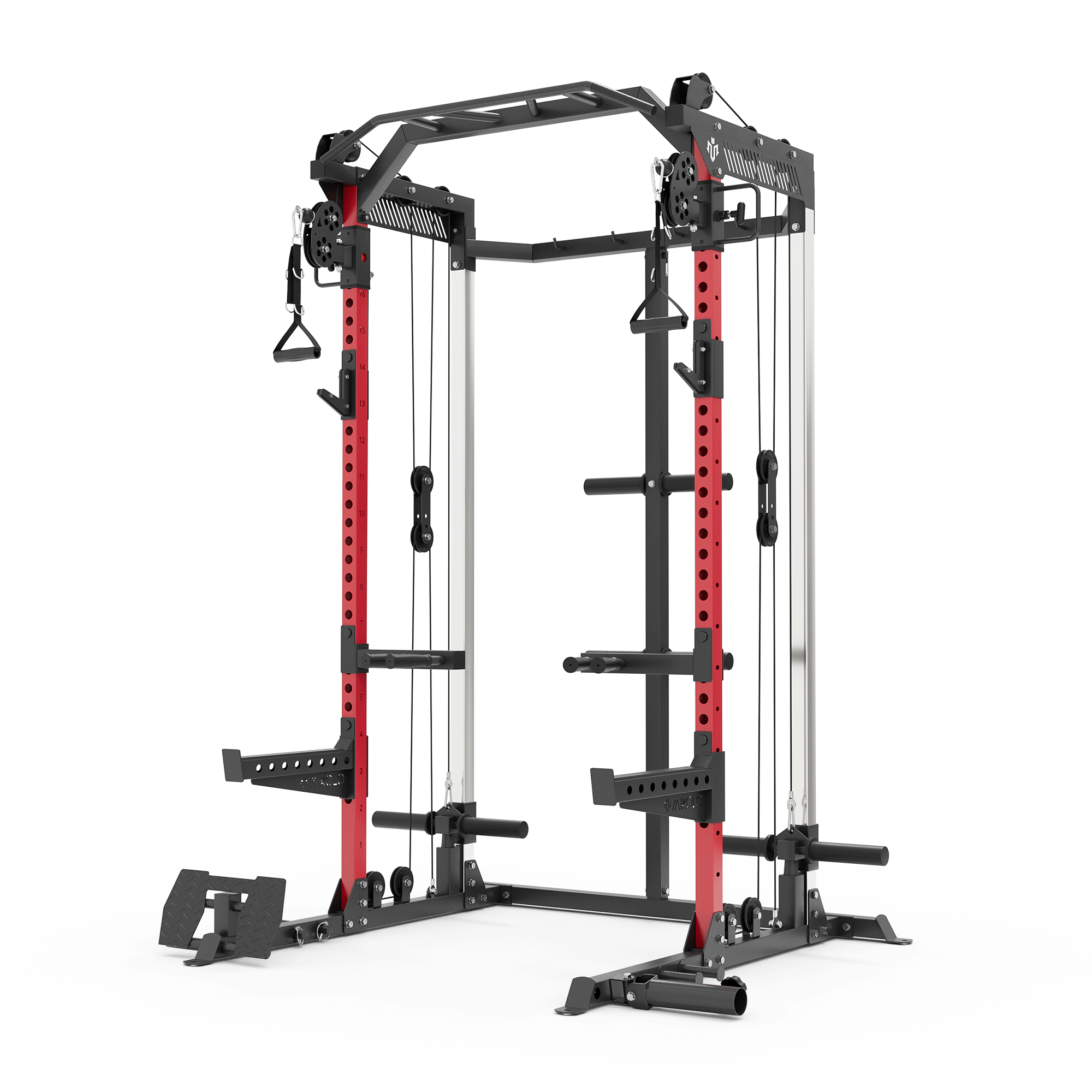
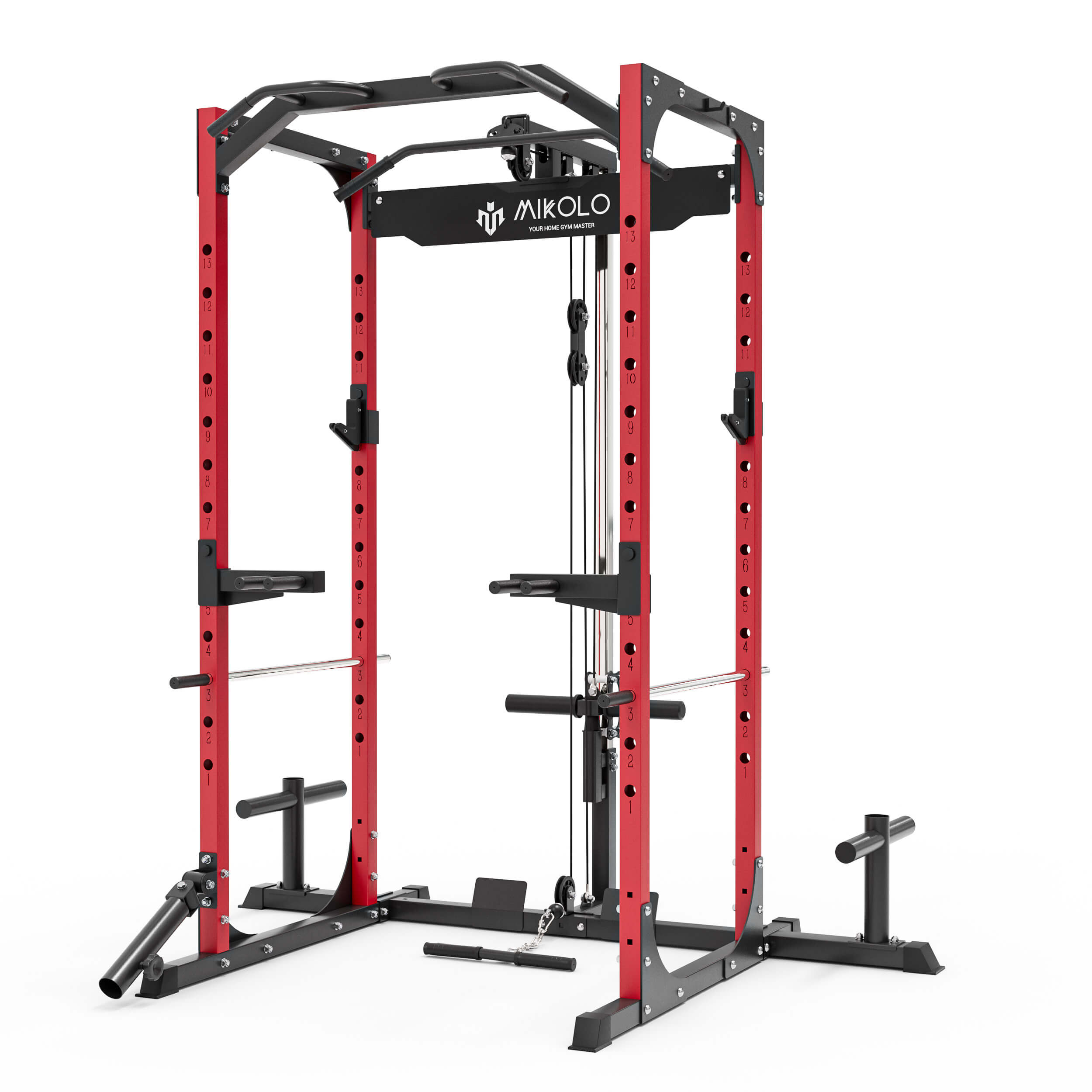




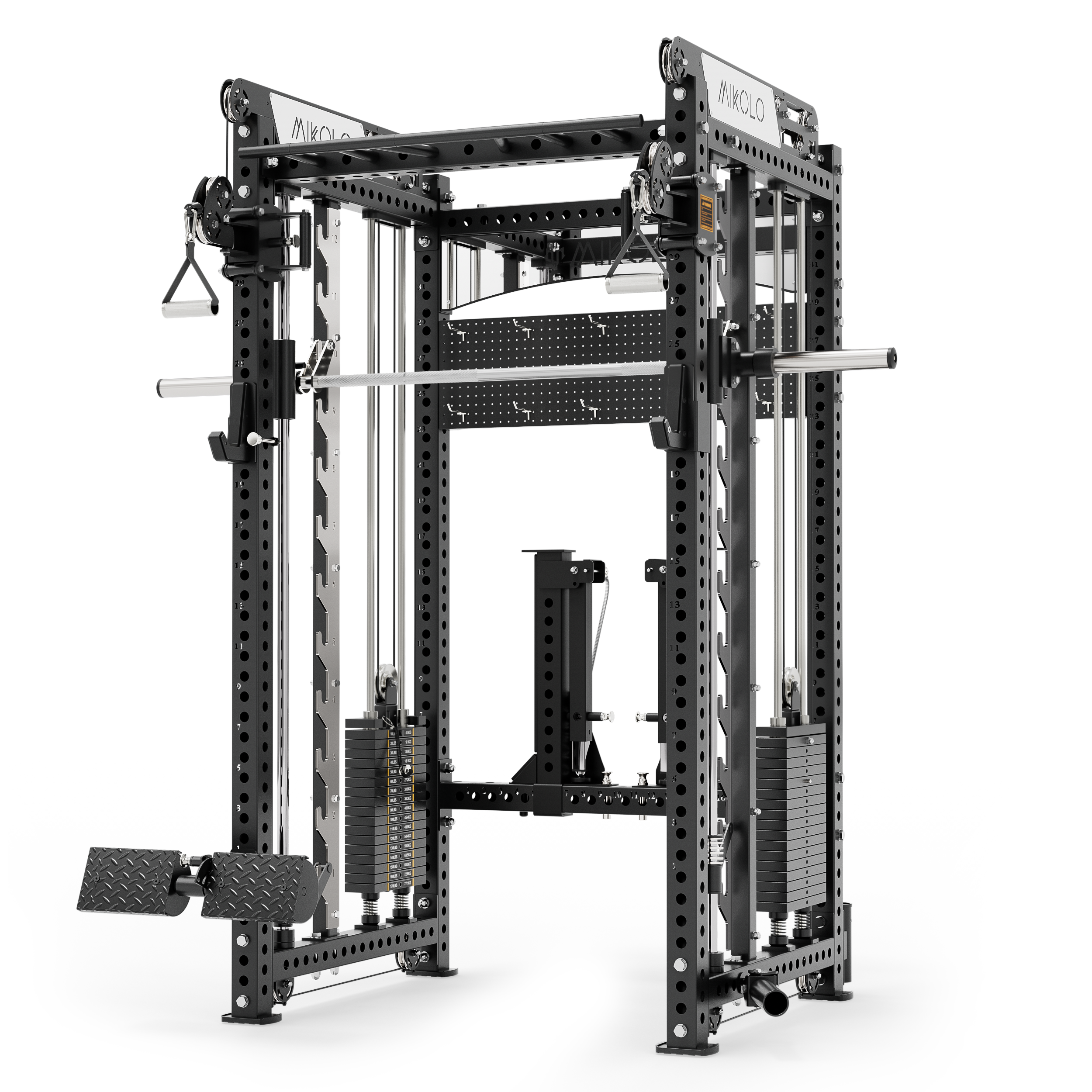
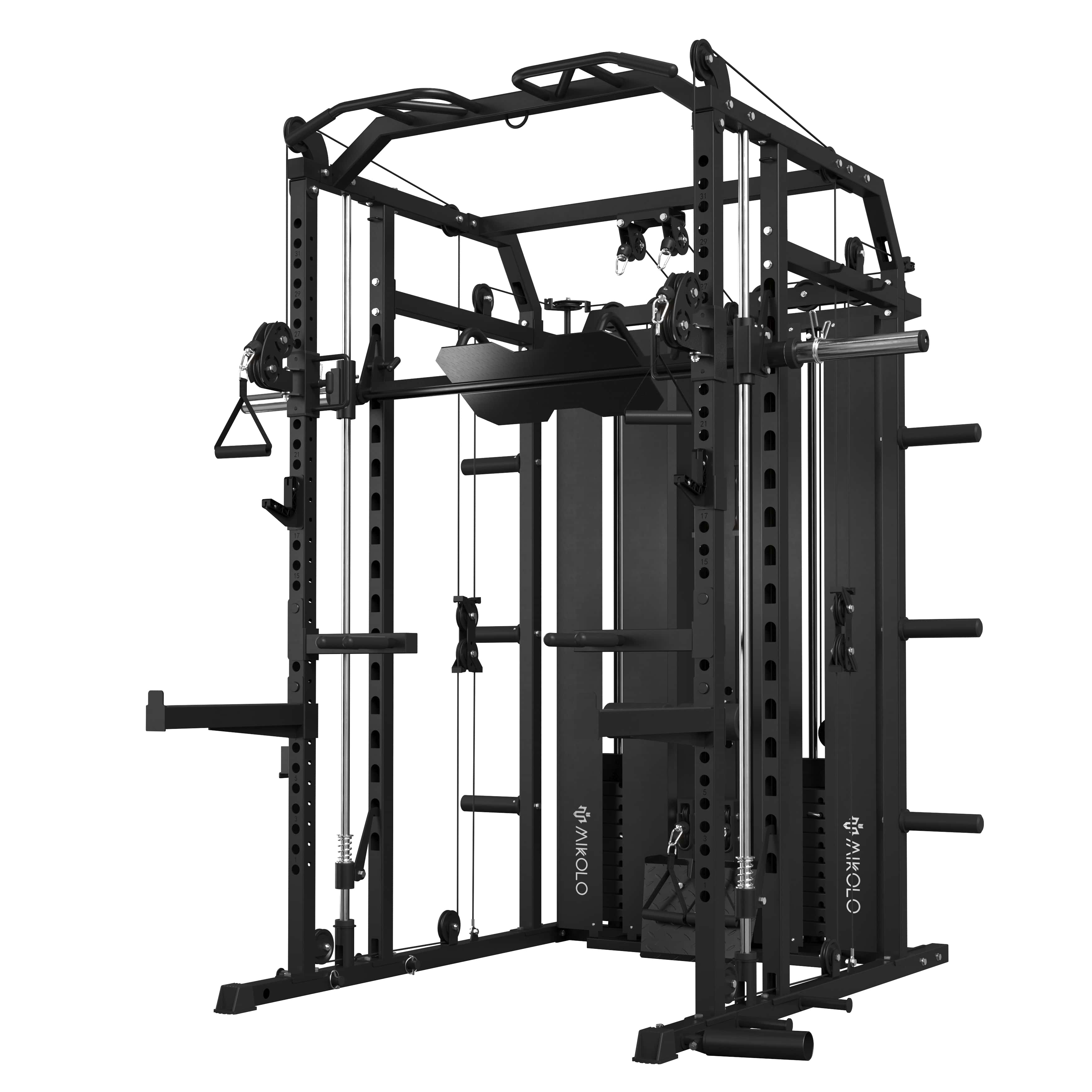
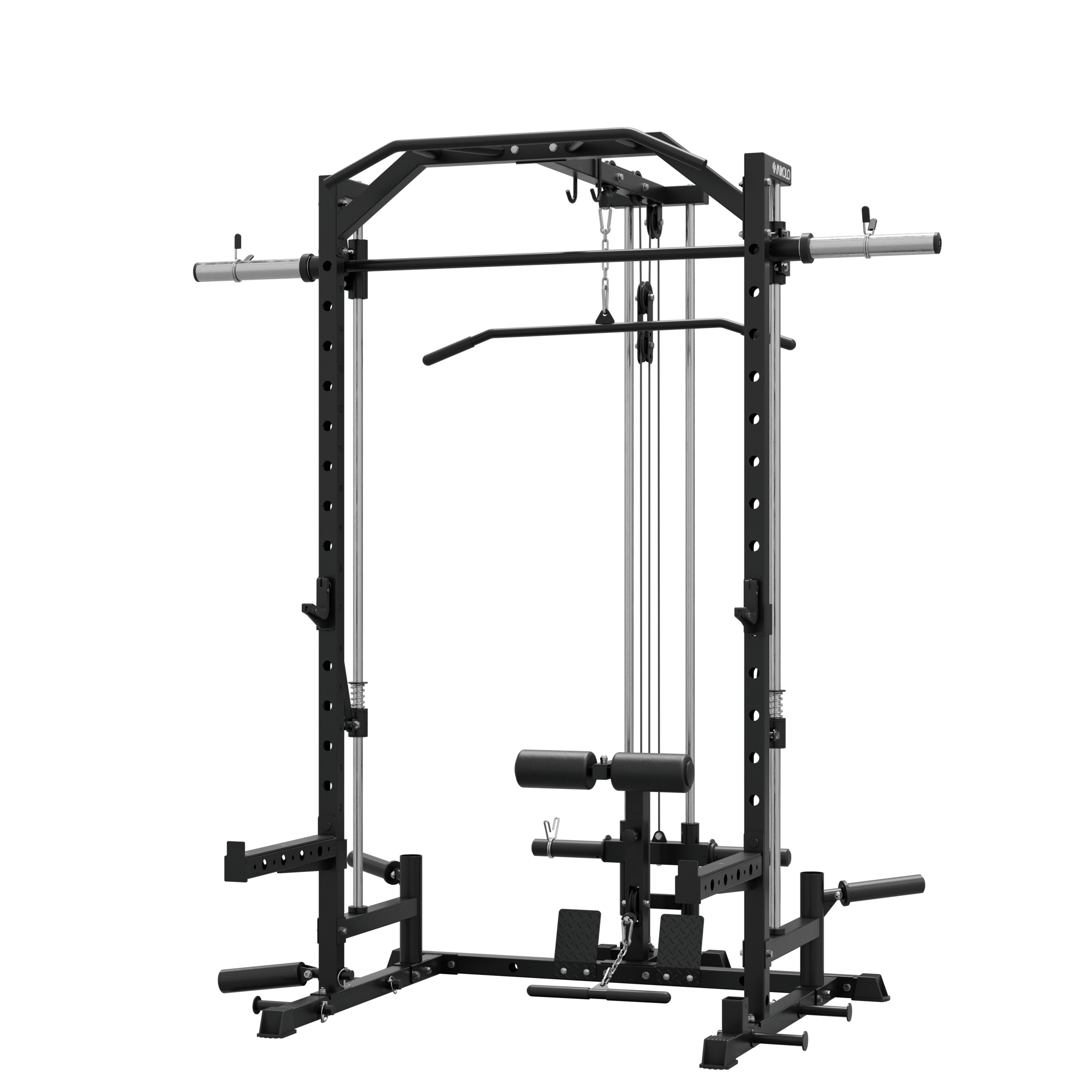
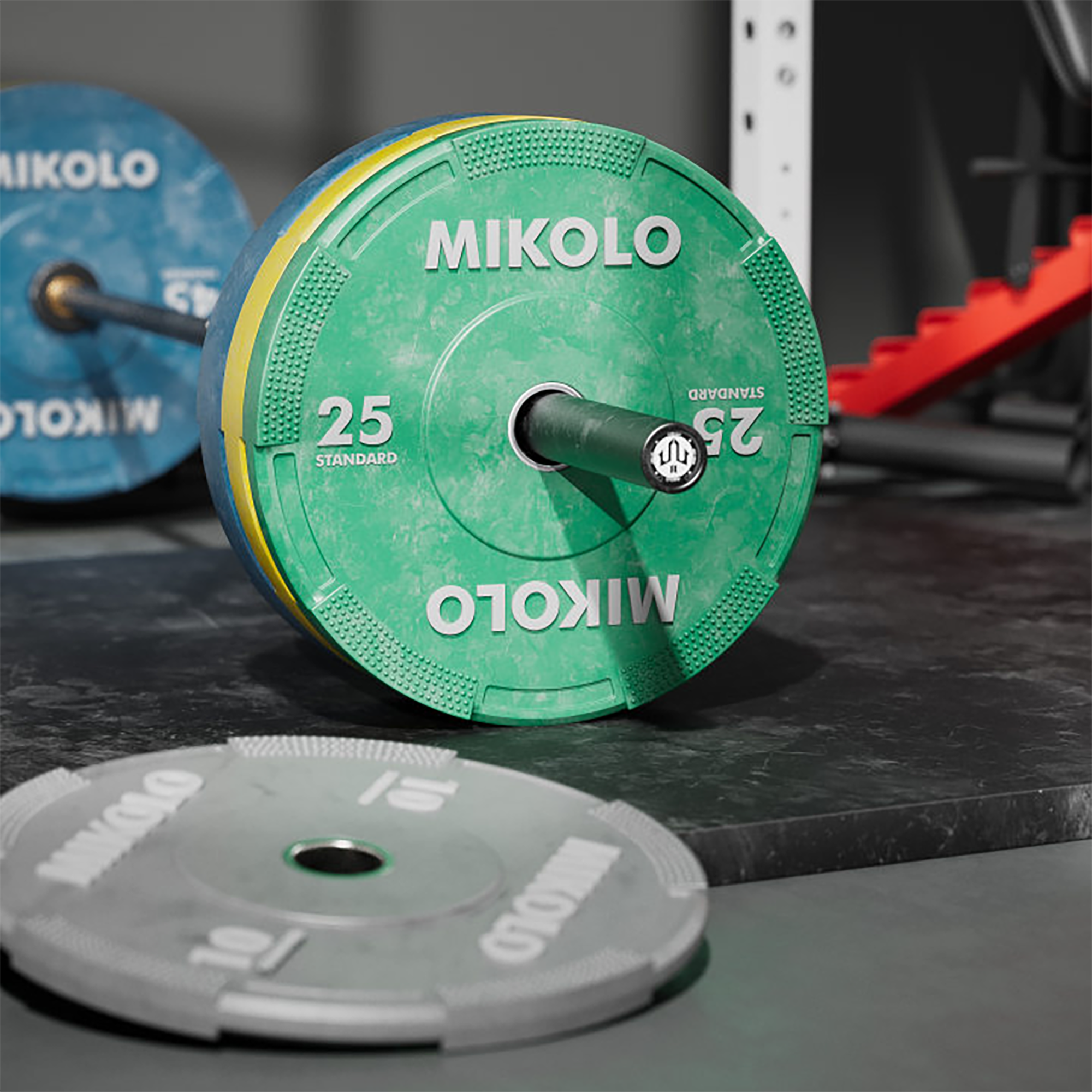


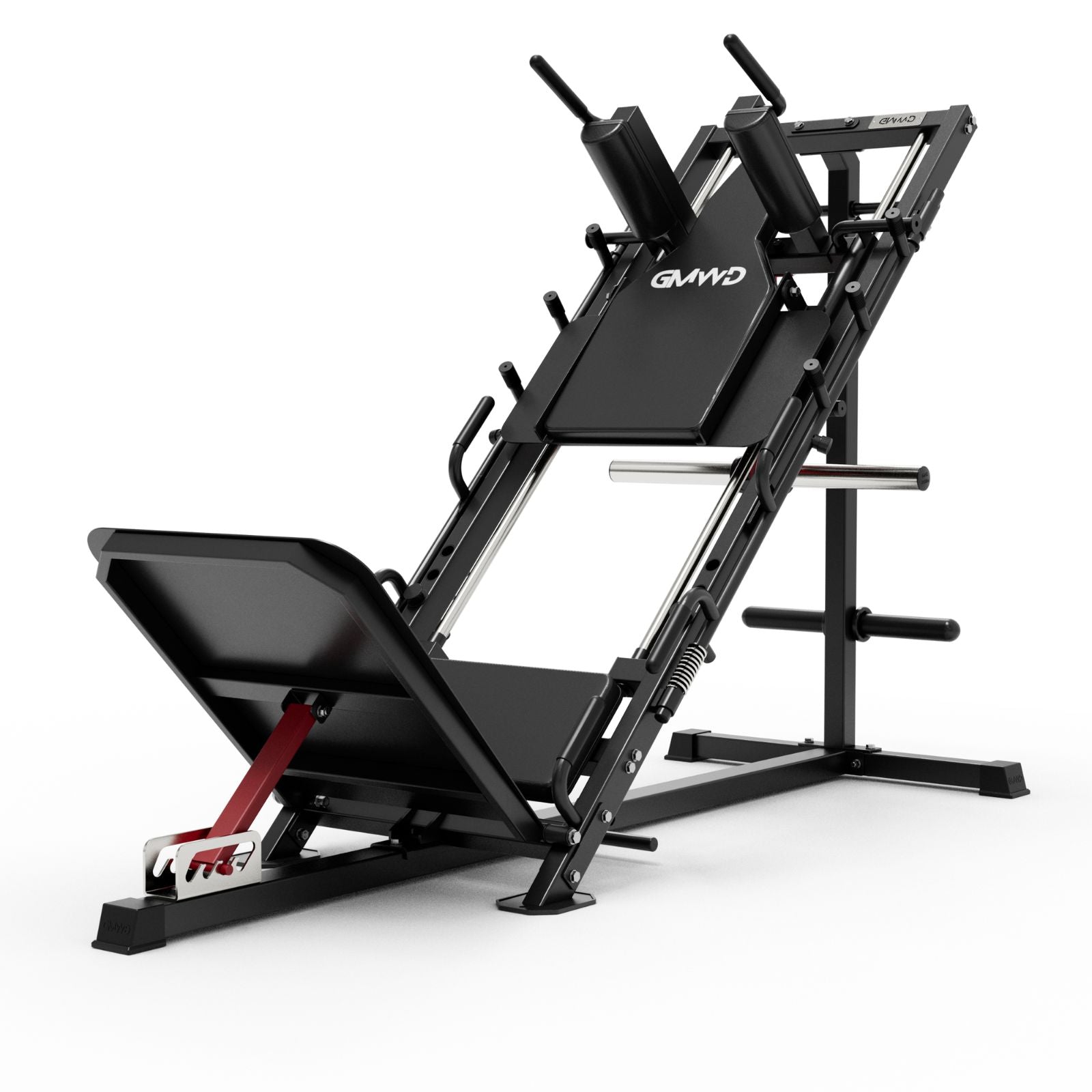


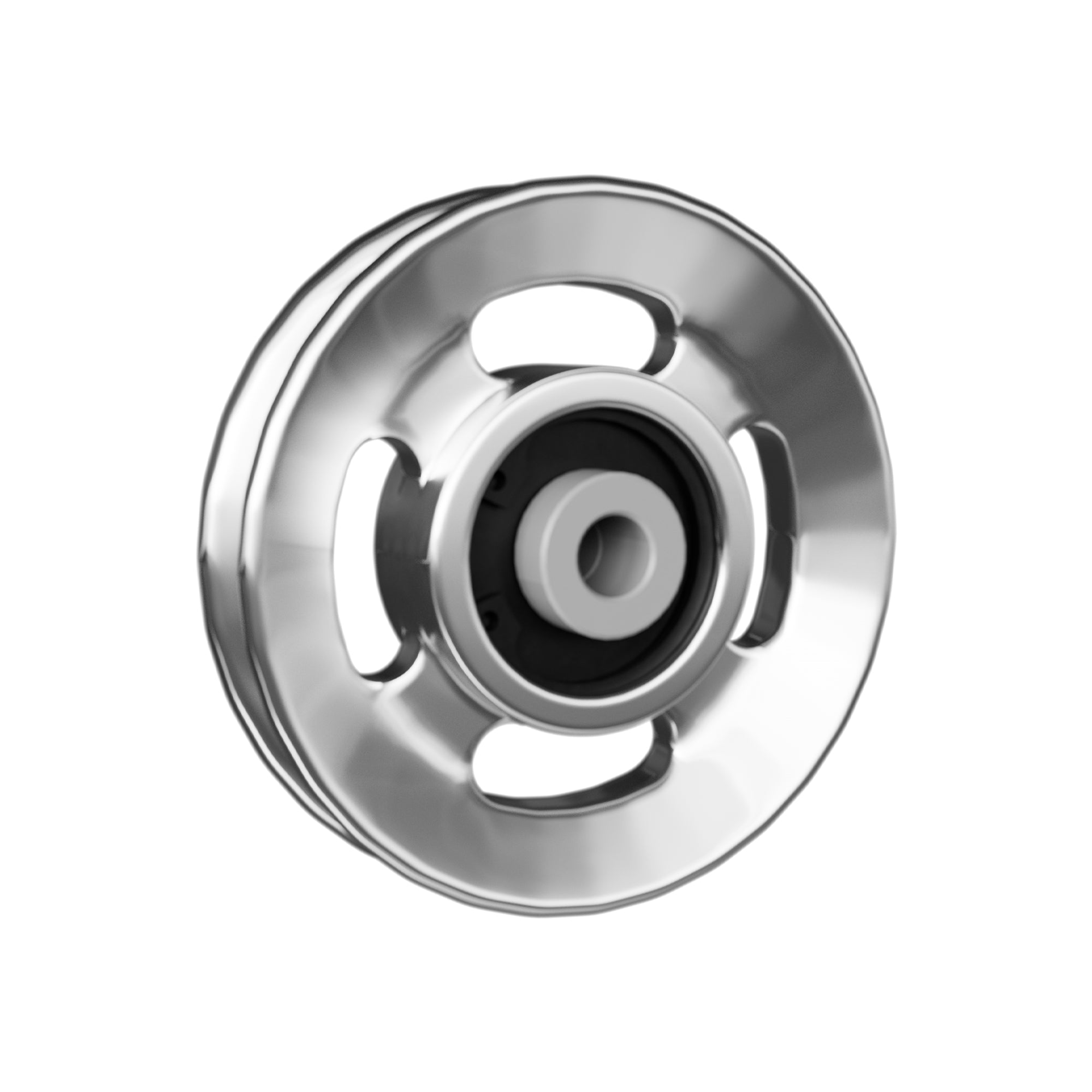
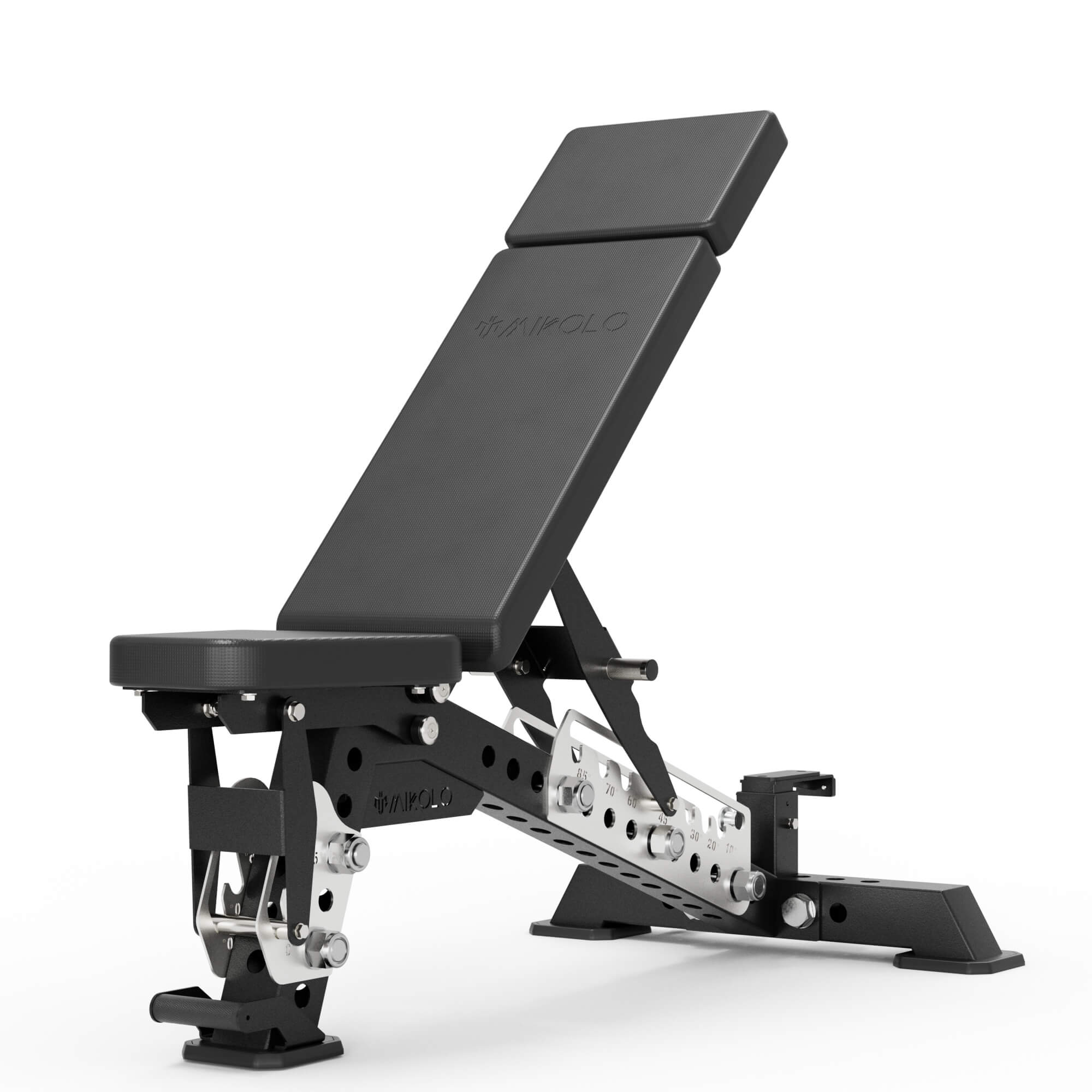
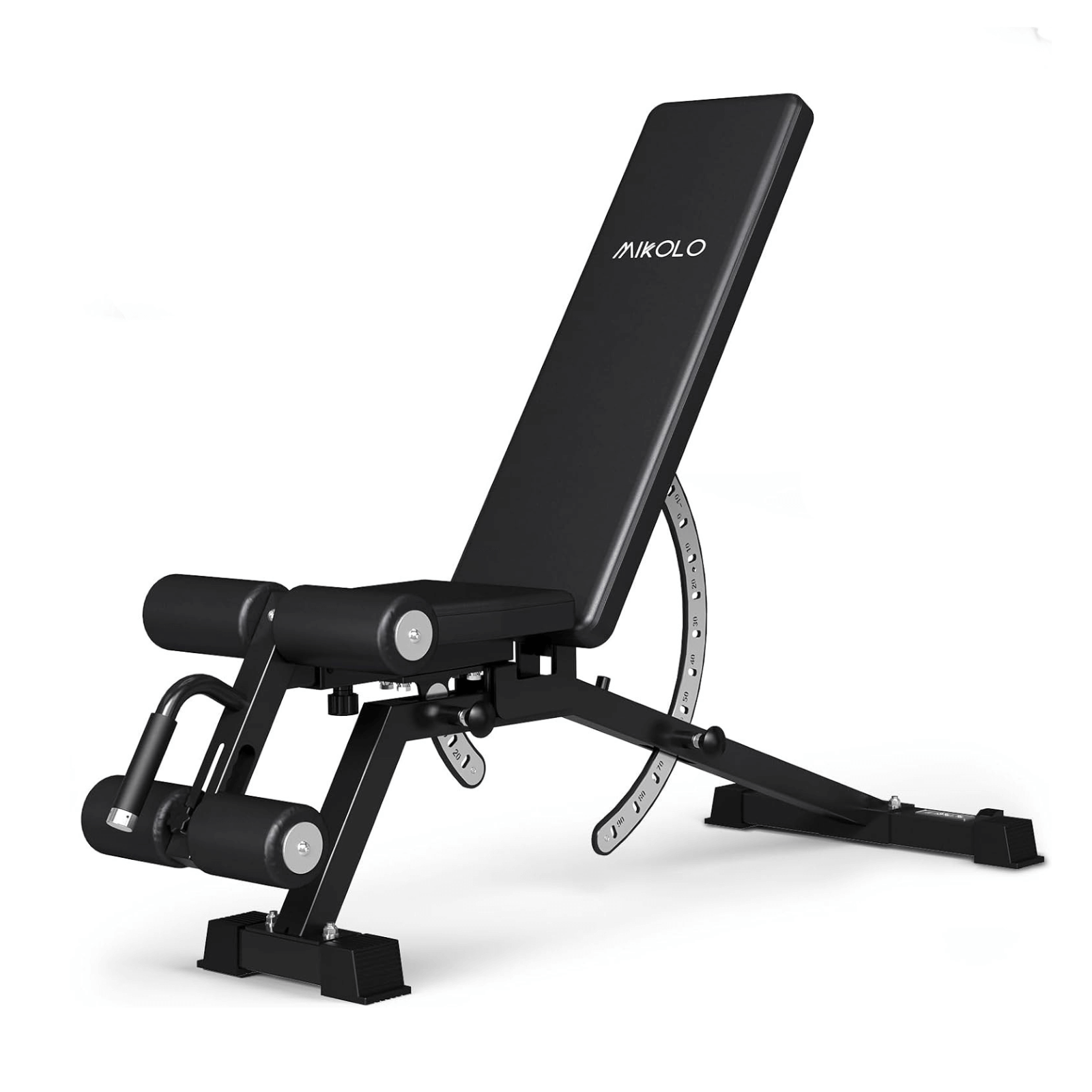

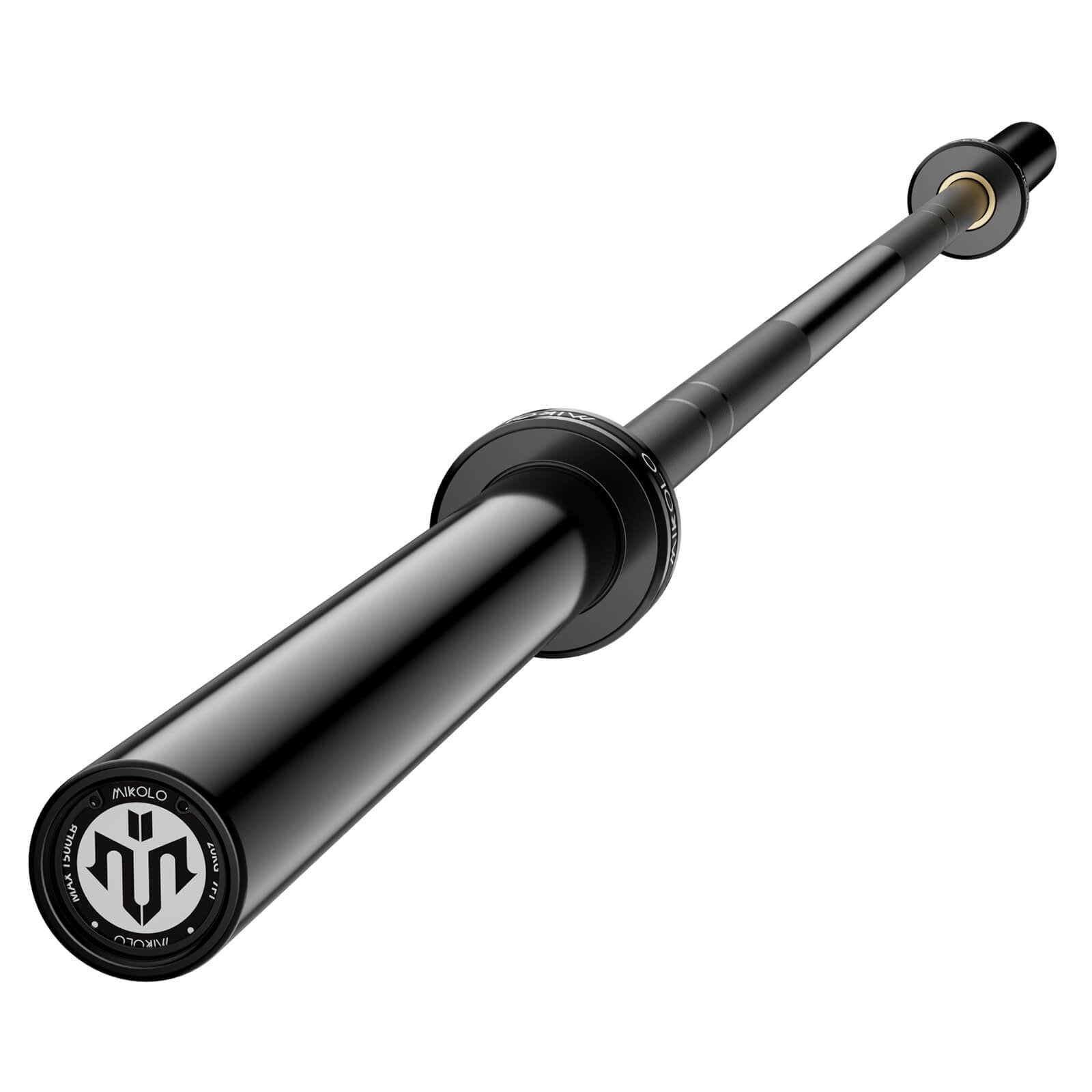
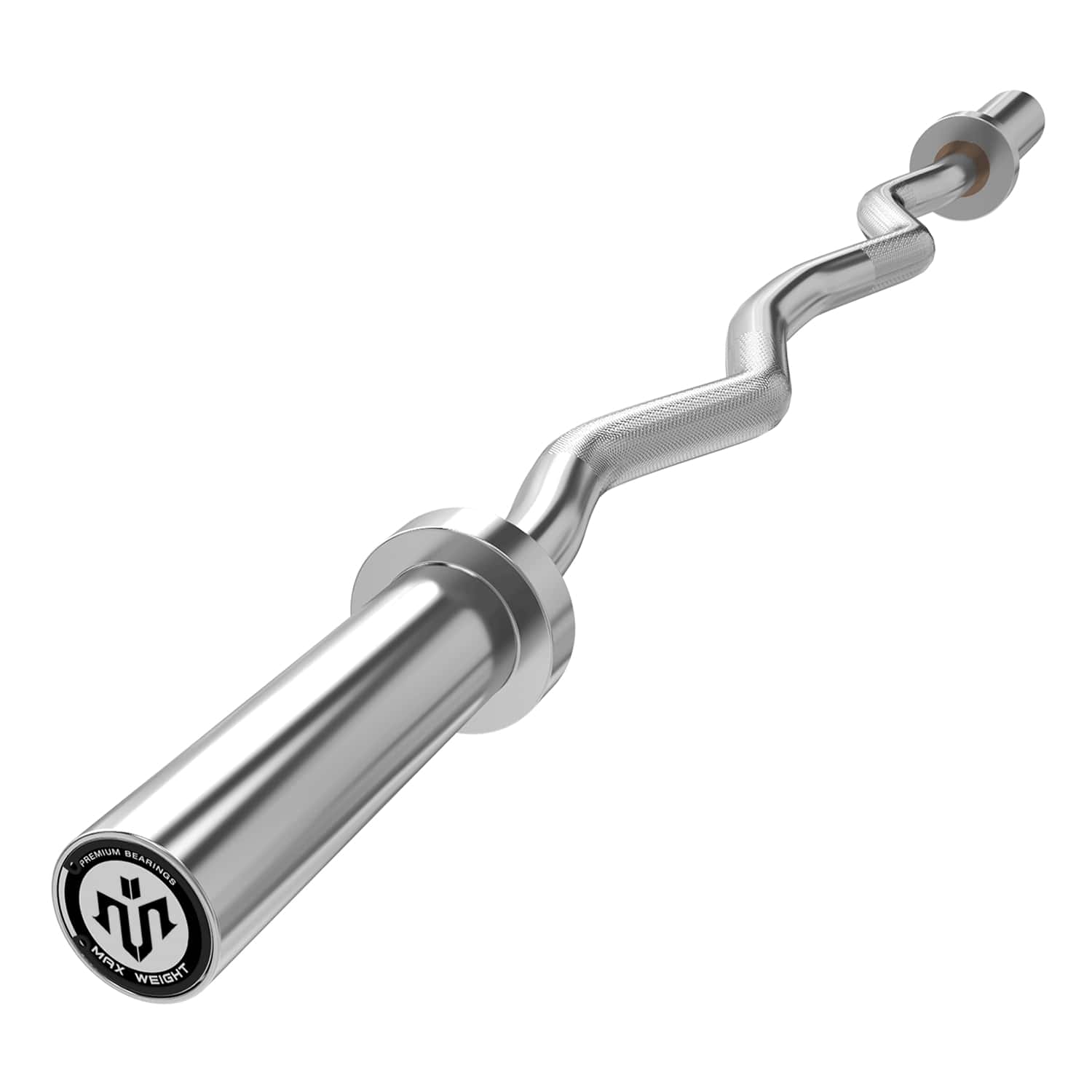

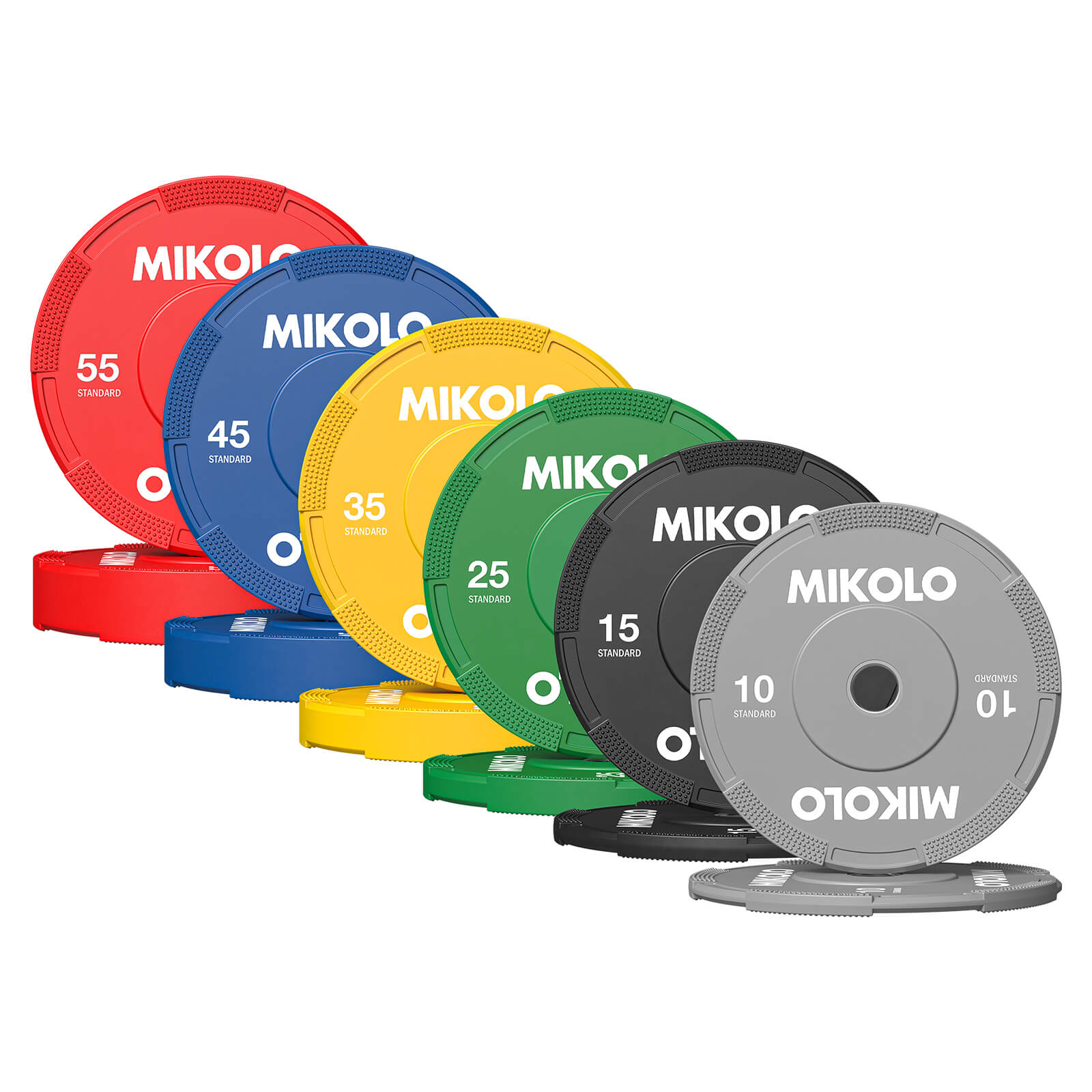
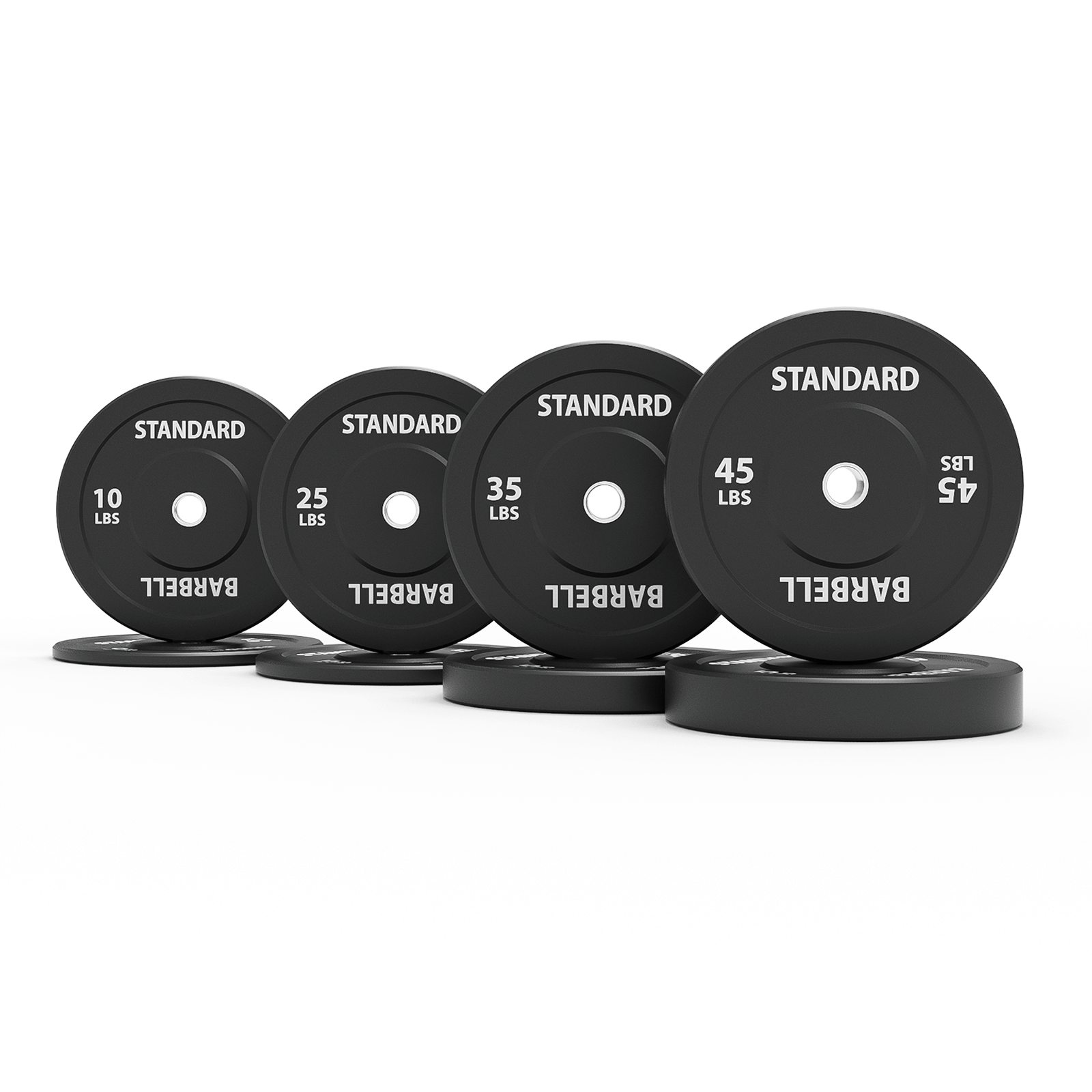


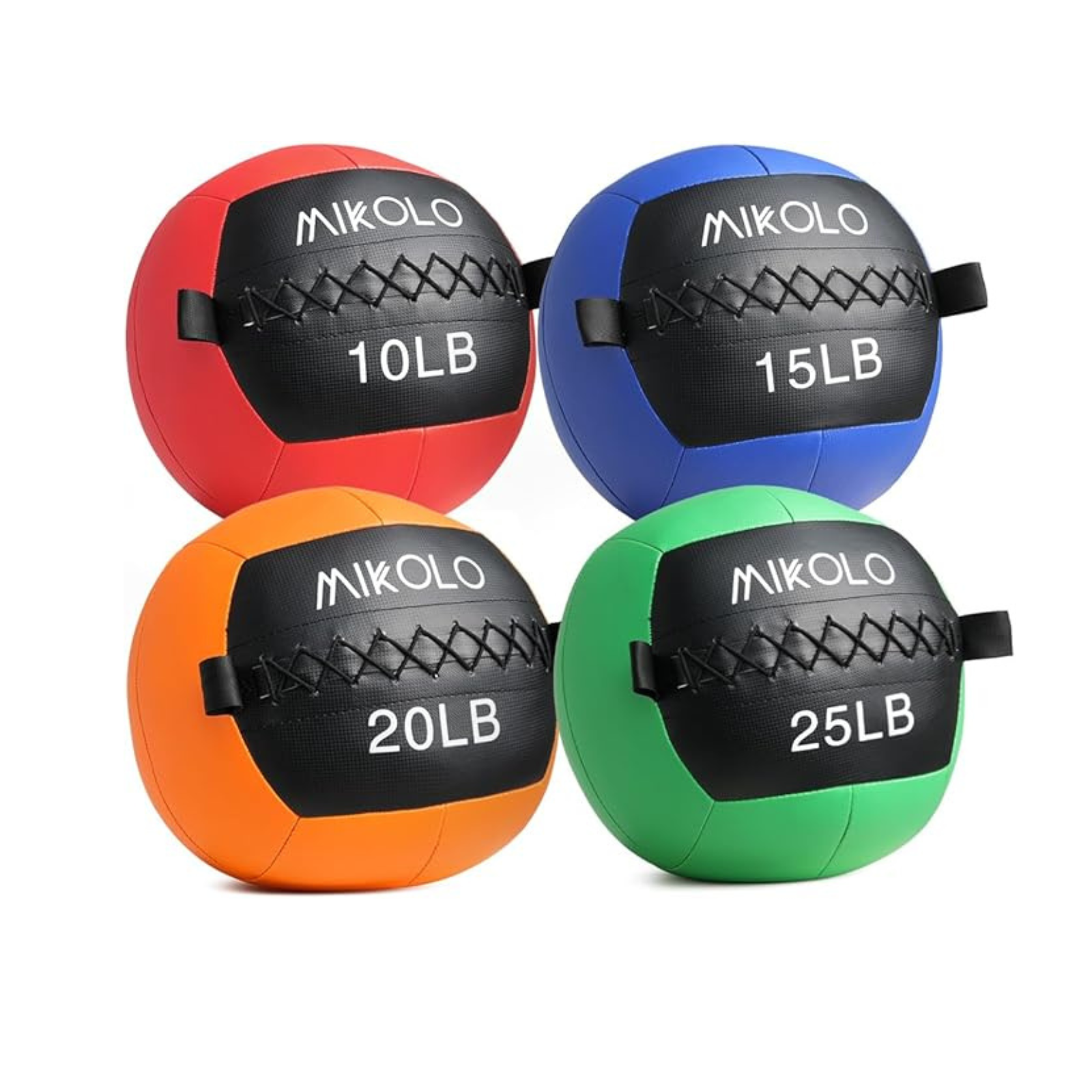
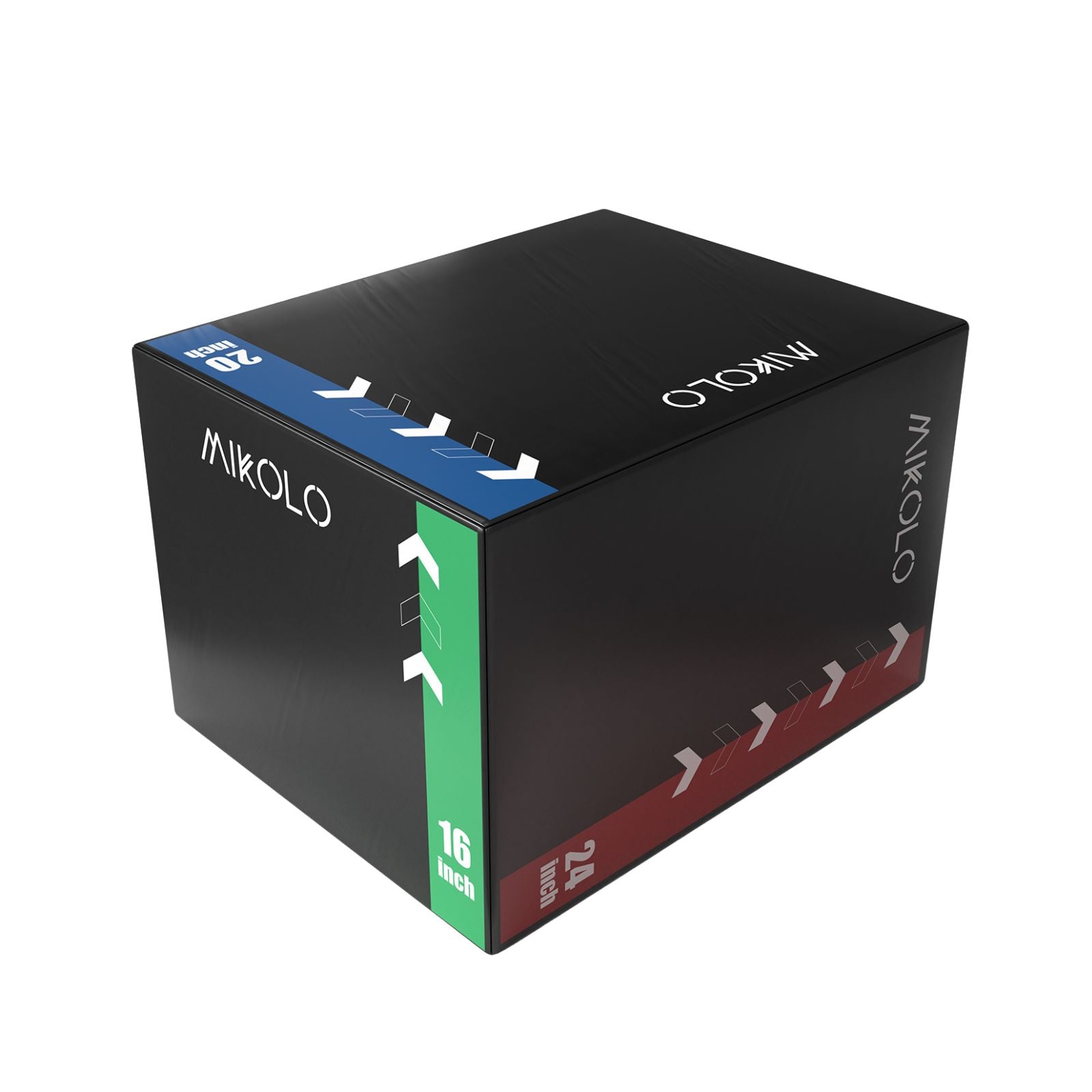
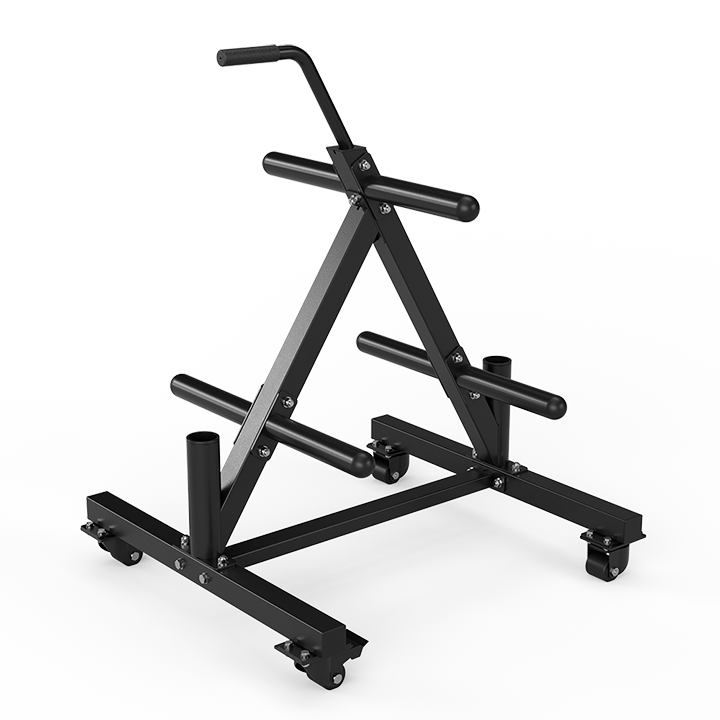
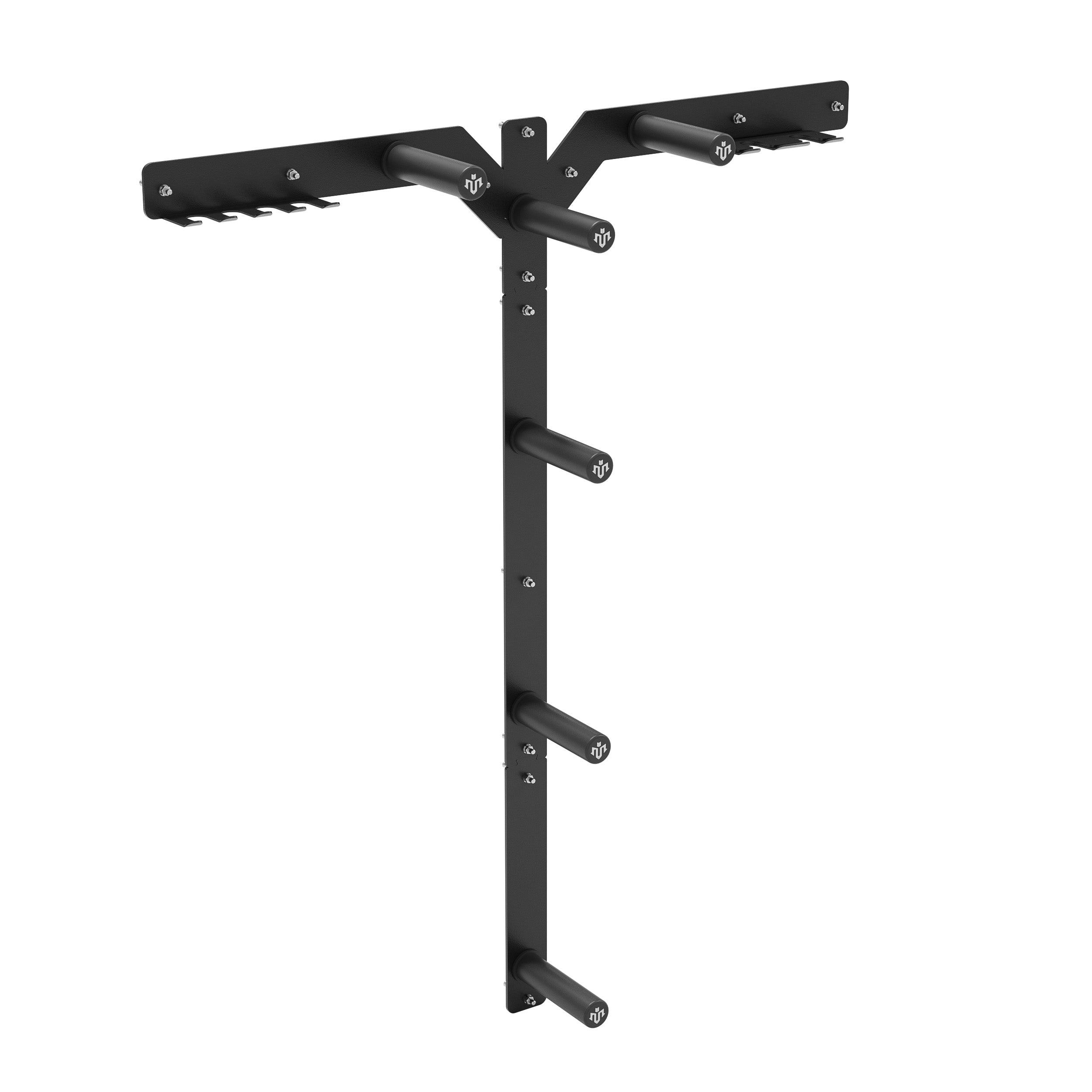




Leave a comment
This site is protected by hCaptcha and the hCaptcha Privacy Policy and Terms of Service apply.